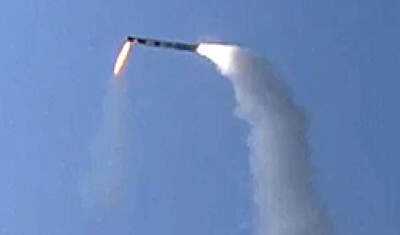
 Innovative Tactics Employed by the Indian Air Force
Innovative Tactics Employed by the Indian Air Force
During Operation Sindoor, the Indian Air Force executed a remarkable strategy to breach enemy air defense systems, marking a significant achievement in this conflict. The Pakistani Air Force is unlikely to forget the UAVs that advanced like fighter jets towards the border, prompting them to reveal their radar and air defense network, which had been meticulously concealed. Following the launch of Operation Sindoor, Pakistan retaliated by targeting 16 Indian military installations with drones, UAVs, and missiles. The next day, they escalated their attacks, aiming at 36 Indian sites. In response, the Indian Air Force launched an assault on the night of May 7-8, destroying four of Pakistan's AD radars, including those near Lahore, using armed drones.
In Operation Sindoor, India's indigenous Akash-Tir air defense system successfully thwarted Pakistani missile and drone attacks. This system is designed to detect and neutralize enemy strikes. Instead of deploying real fighter jets, the Indian Air Force utilized dummy fighter jets, employing unmanned aerial vehicles (UAVs) for this purpose. The DRDO developed targets and British-origin UAVs were modified to resemble jets, with added infrared signatures to deceive the Pakistani Air Force into believing genuine fighters were approaching. These dummy jets were dispatched over key locations such as Murid Airbase, Sialkot, Sargodha, and Rahim Yar Khan.
Pakistan activated its HQ-9 missile batteries and radar networks in response. The Indian Air Force capitalized on this situation, deploying Harop drones to destroy the Pakistani missile batteries and radar sites. As a result, the Pakistani Air Force found itself without adequate defense.